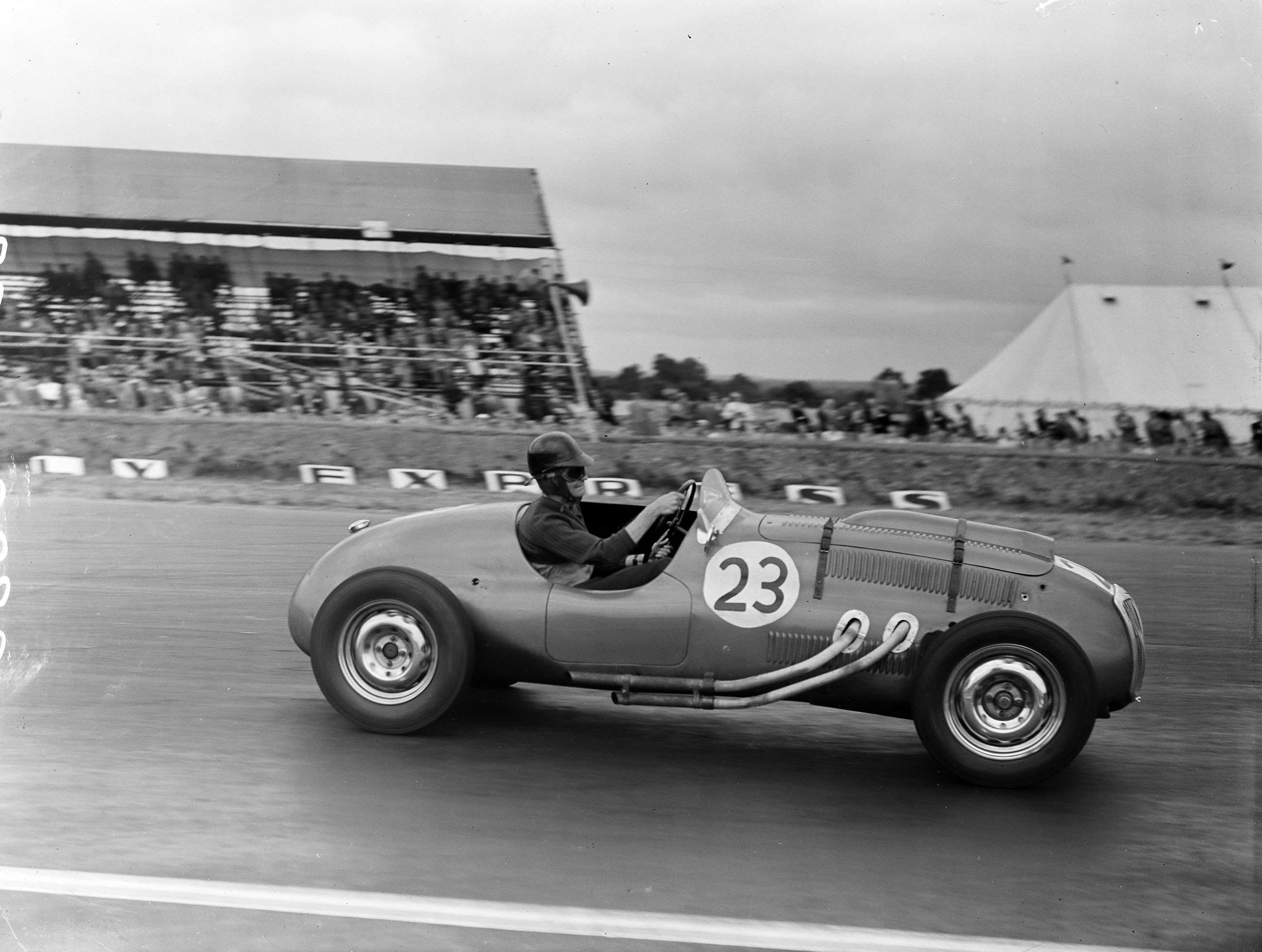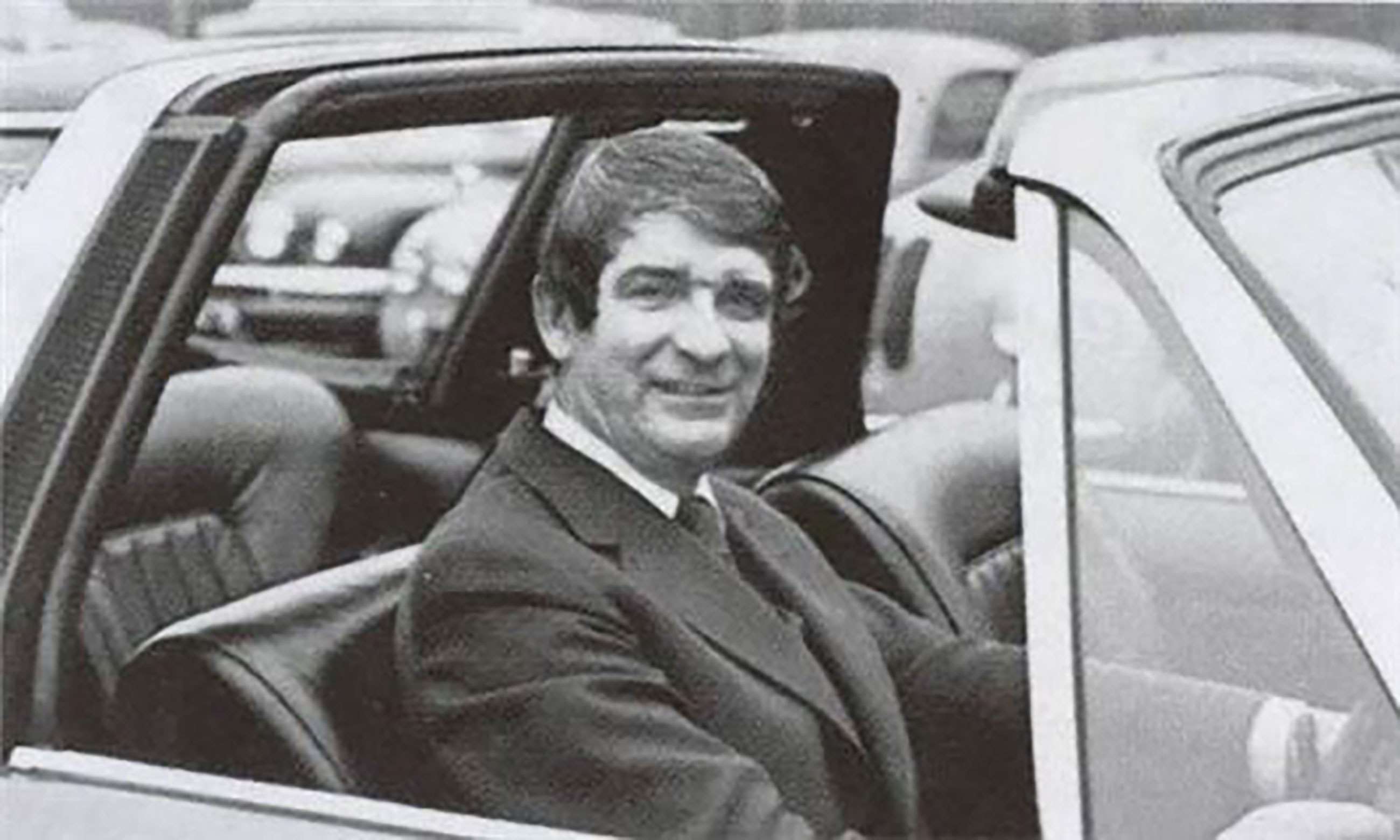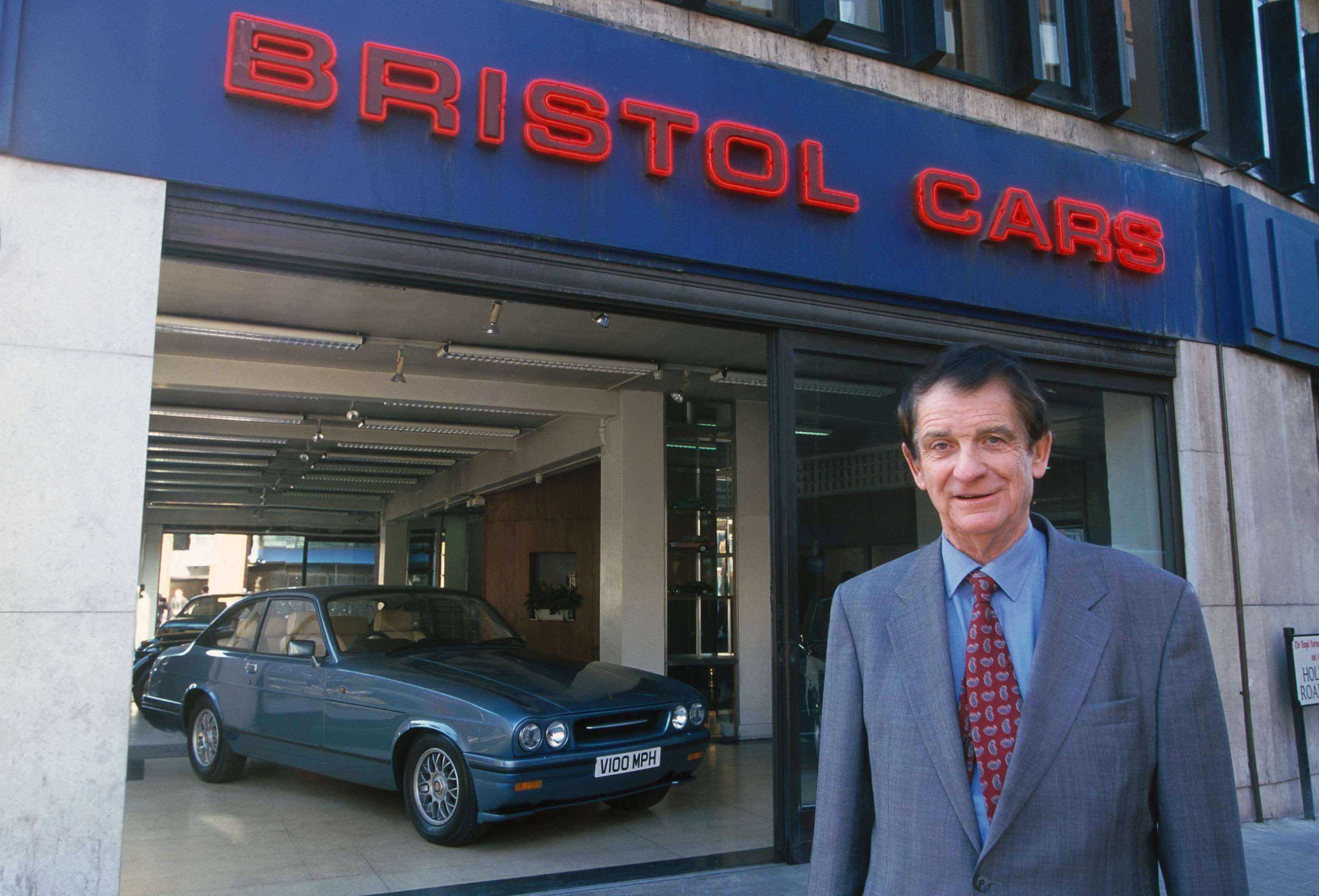Tony Crook: the man who kept Bristol Cars alive – Thank Frankel it’s Friday
 Andrew Frankel
Andrew Frankel
This Sunday, one of my favourite people from this industry would have celebrated his 100th birthday, had his life not ended shortly before his 94th. When I say ‘favourite’, do not infer that he was any kind of friend. Indeed I met him just once when he was spectacularly rude to me, and spoke on just one other occasion when he was spectacularly rude about someone else. But my oh my, does this industry miss characters like Tony Crook.

Scratch that: there was never anyone quite like Tony Crook, the man who kept the Bristol brand alive for decades on a diet of apparently little more than cussedness and willpower. He was rude to me when I saw him at some industry event – it may even have been a Festival of Speed press day – and asked if I could perhaps road test one of his cars. I had introduced myself politely and presented my credentials before making my request which he turned down in a single word before stalking away harrumphing somewhat ostentatiously.
Years later he lost control of the company during my time at the helm of MotorSport magazine and rang me up railing about its new proprietor in the hope I’d publish the story of how Bristol was now doomed. I didn’t run it, but it turned out he was right.
And I didn’t take his refusal to lend me car personally either, because he had a well-known aversion to motoring journalists, never lent anyone anything and I think someone had bet I wouldn’t be brave enough to ask the question.

Stories of Crook’s character abound: dressing up as some Middle Eastern potentate to make bogus orders of rival product at motor shows, and paying someone to dress and smell like a tramp and getting them to camp out on the opposition’s stand. But beneath this seriously eccentric exterior was a man who loved cars in general, racing in particular and Bristol more than anything.
He was a highly accomplished driver and while he competed at two British Grands Prix (on 1952 and ’53) his stand out performance came at the Monaco Grand Prix in 1952. That was the only year the Grand Prix was run to as a non-championship event and to sports car rules and there were two races: one for cars with fewer than 2.0-litres under their bonnets on the Saturday while the big boys went on Sunday. Crook was driving on Saturday’s ‘Prix de Monte Carlo’ in a (Bristol-powered) works Frazer-Nash Le Mans Replica and despite a poor grid position, wound up in third place and on the podium by the end of the 65 lap race, second only to Franco Bordoni’s OSCA and the winning Gordini driven by the great Robert Manzon. So impressed was Amedée Gordini that he wanted Crook to drive for him, but Crook turned him down as by then he was already far too wedded to the Bristol cause.

But it wouldn’t be until 1960 when the Bristol Aeroplane Company was merged into BAC that it needed to get rid of the car division and Crook bought into the business and became sole distributor.
Almost immediately thereafter the faithful straight-six engine used by Bristols to date (and designed by BMW before the war) was replaced by a Chrysler V8, starting a succession of Anglo-American Grand Tourers of the very highest quality.
The Bristols made on Crook’s watch were never made in huge quantities, but those who drove them tended to swear by them. Of these, the late and very great LJK Setright was evangelical on the subject and wrote a definitive history of the marque for Palawan Press, itself founded by Simon Draper, possibly the greatest Bristol fan of them, apart from Crook himself.
I never did get to drive one and I’m sorry it slipped through the net. But I was far sorrier to see how it all ended, with a sad and angry Tony forced to sit and watch while his predictions for his company came true. Awkward, eccentric and curmudgeonly though he could be, both he and his company deserved more.
Images courtesy of Motorsport Images.
Tony Crook
Formula 1
Bristol
Thank Frankel it's Friday





